Droppings of Arctic seabirds enrich the environment
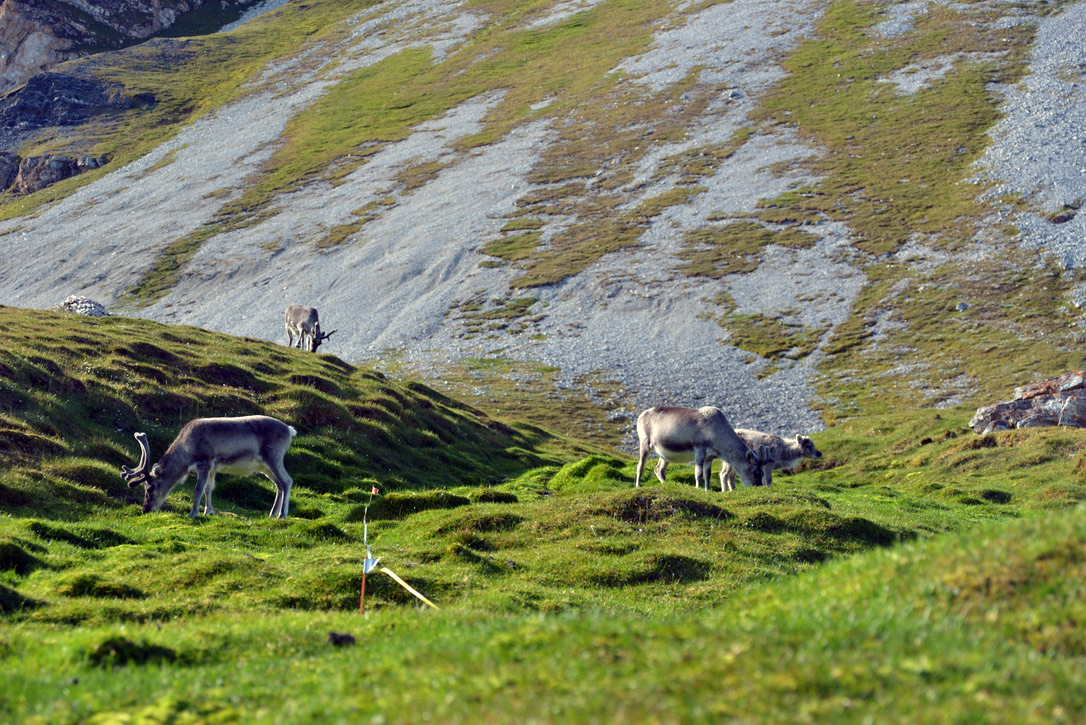
When people think of the Arctic, most people think of an icy or rocky place with sparse vegetation, if any. But next to the natural tundra, which mostly consists of dwarf shrubs or patchy vegetation patterns, there are some vegetation hotspots under bird nesting areas concentrated in steep cliffs.
When approaching these bird cliffs from the sea, we first saw the towering, mountain sides. The lovely green patches underneath made a beautiful contrast to the grey of the rock. We heard the birds before we saw them. It was very moving to witness chicks jumping off the cliff for their first flight ever, accompanied and encouraged by their parents.

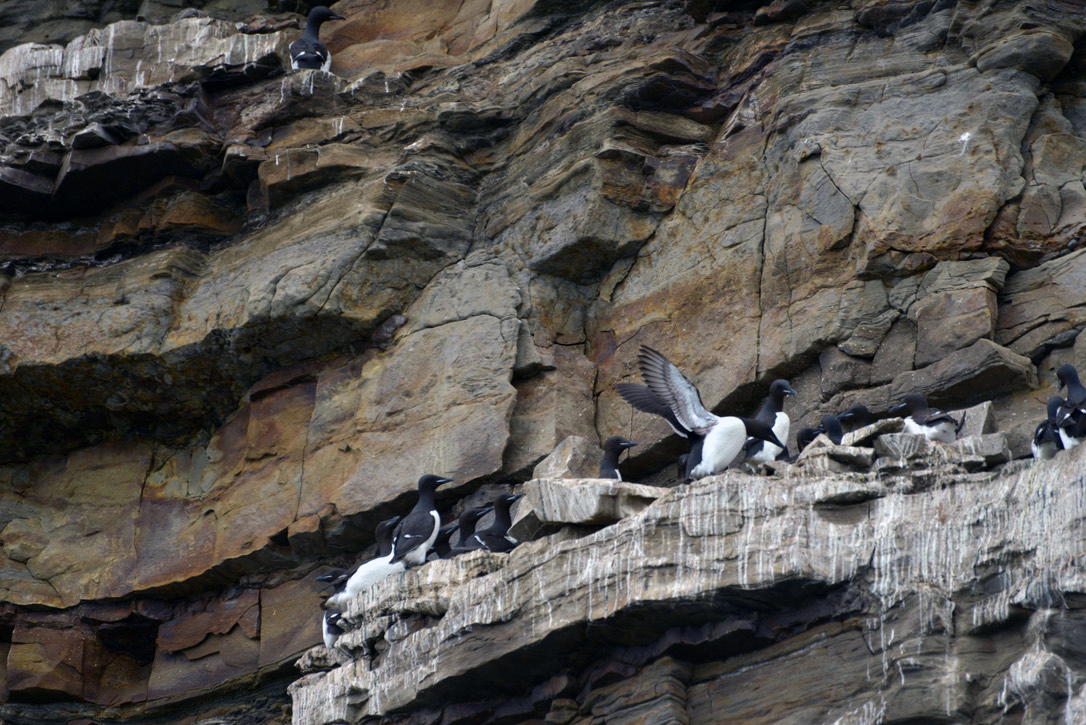
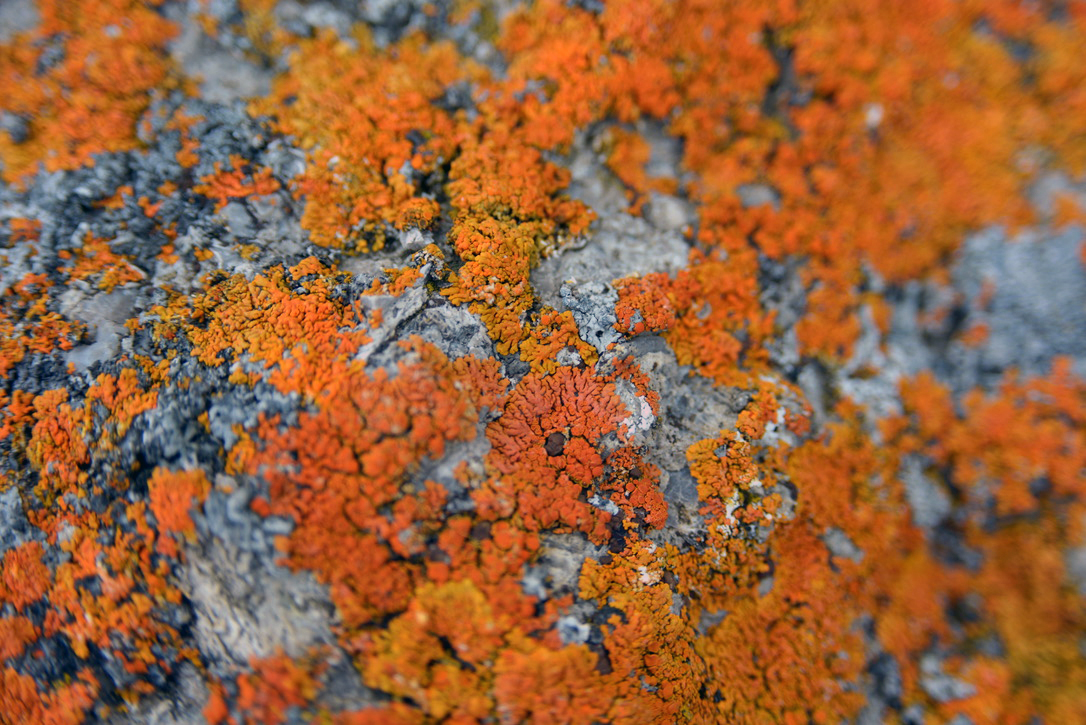
2MB field notes from Svalbard

2MB – that was the daily amount of data our original bloggers from the Antarctic were allowed to send us via satellite about their research on microplastics. Data transmission is also limited this summer for Lena Bakker, Sigrid Trier Kjaer and Jana Rüthers (left to right), three other PhD students at the ETH Zurich who are heading north to the Norwegian archipelago of Svalbard to investigate Arctic greening, a process initiated by global warming and driven locally by soil chemistry, thickness and age.
Several bird species such as the little auks, the kittiwakes and the fulmars breed on the steep slopes of Svalbard’s coastline. The birds hunt fish in the sea and their huge colonies can produce up to 150 kilogrammes of guano [excrement] per day. Guano like this has been, and still is, a widely used fertiliser in agriculture. So here, nutrients from the sea are transported onto a usually nutrient-poor tundra, and this rich fertiliser behaves as it would on any field: it supplies plants with nutrients. The nutrients are distributed as the snow melts in spring, and during the rest of the year with rain run-off. These processes are essential for the creation of nutrient enriched soils that give rise to lush vegetation and specialised microorganisms.
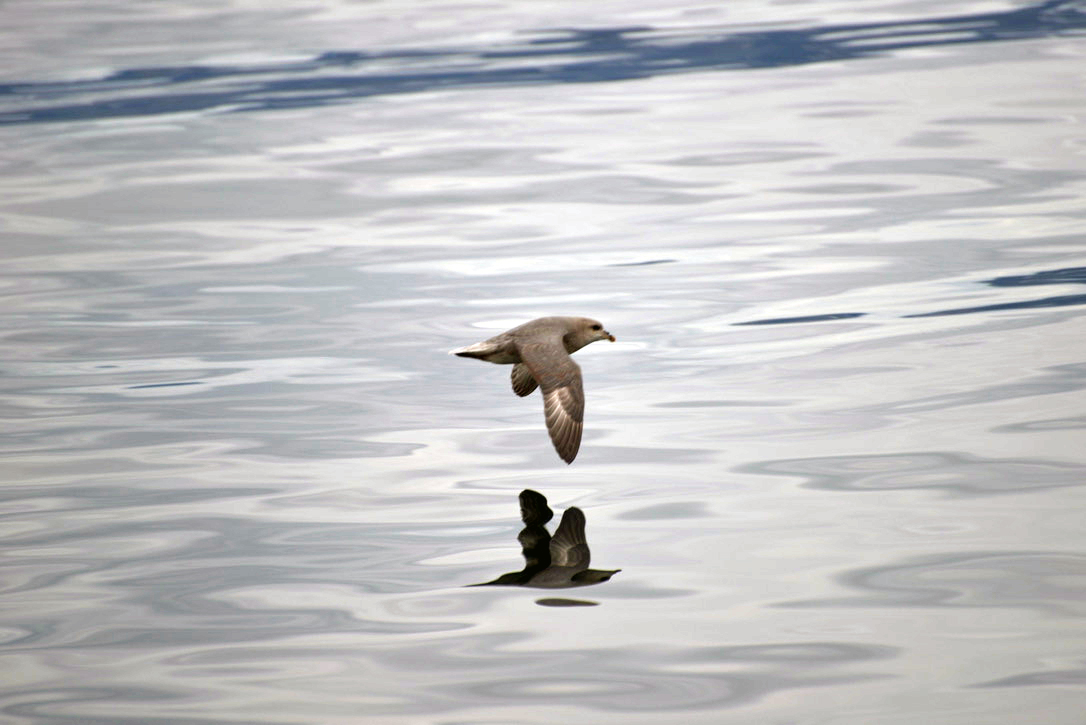
This nutrient enrichment proccess is particularly remarkable in the Arctic. Nitrogen is a limiting factor for plant growth in many climatic zones of the Earth, but the availability of nitrogen and phosphorus is especially limited in the Arctic. That is due to the low temperatures, low precipitation and slow weathering of bedrock, a process that releases minerals into the soil. The increased amount of nutrients in the land below these bird cliffs enables plant species to grow better, but also opens barriers for other species that do not perform so well on the nutrient-poor tundra soils. Typical examples of plants thriving thanks to the nutrients spread by bird droppings are the Mountain sorrel (Oxyria digyna), a flowering plant of the buckwheat family typically found in the Alps, and the Greenland scurvy-grass (Cochlearia groenlandica), a flowering herb used for medicinal purposes. Endemic plants that only occur on Svalbard, such as the white-petalled Saxifraga svalbardensis, are likely to be found.
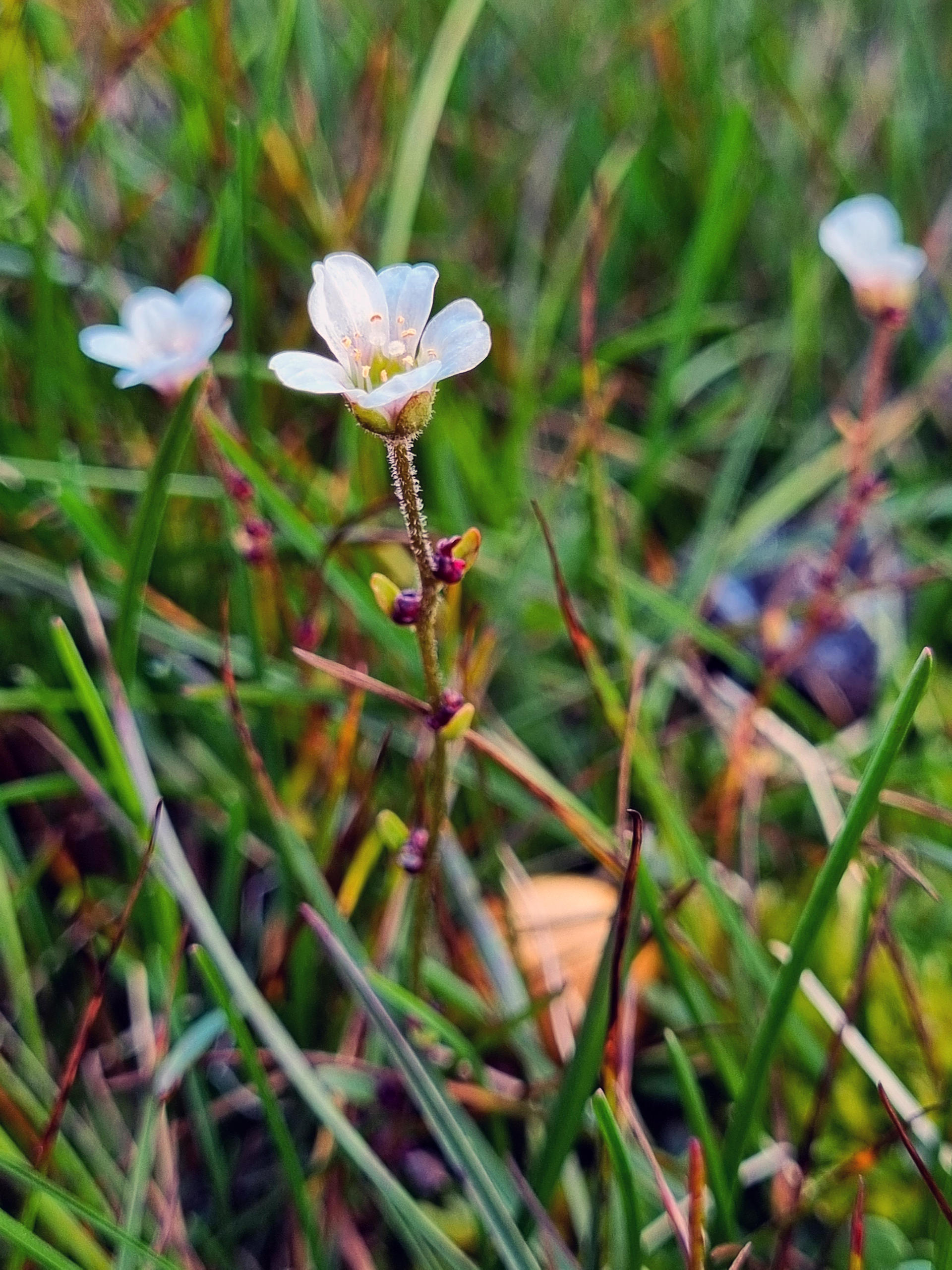
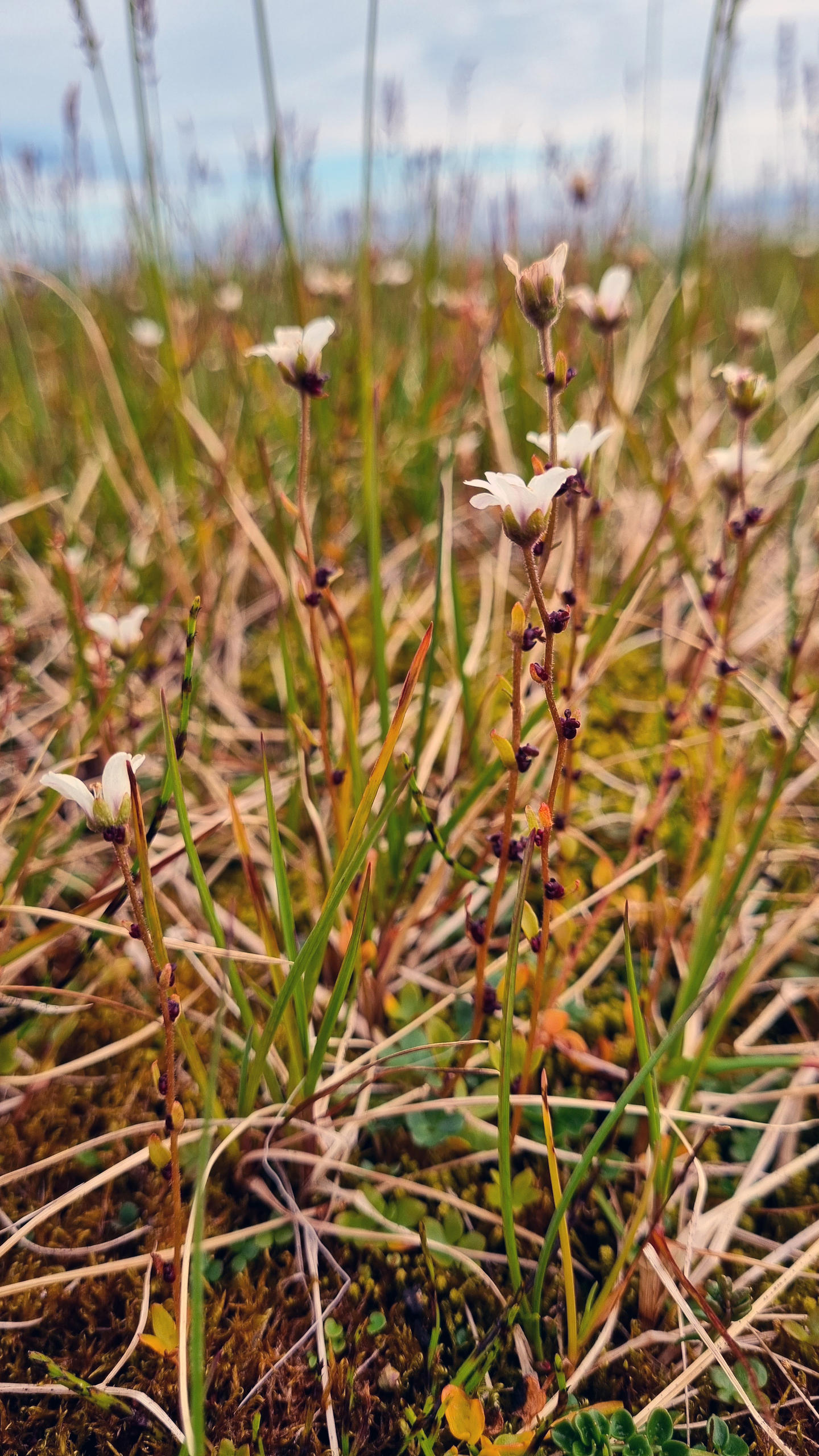
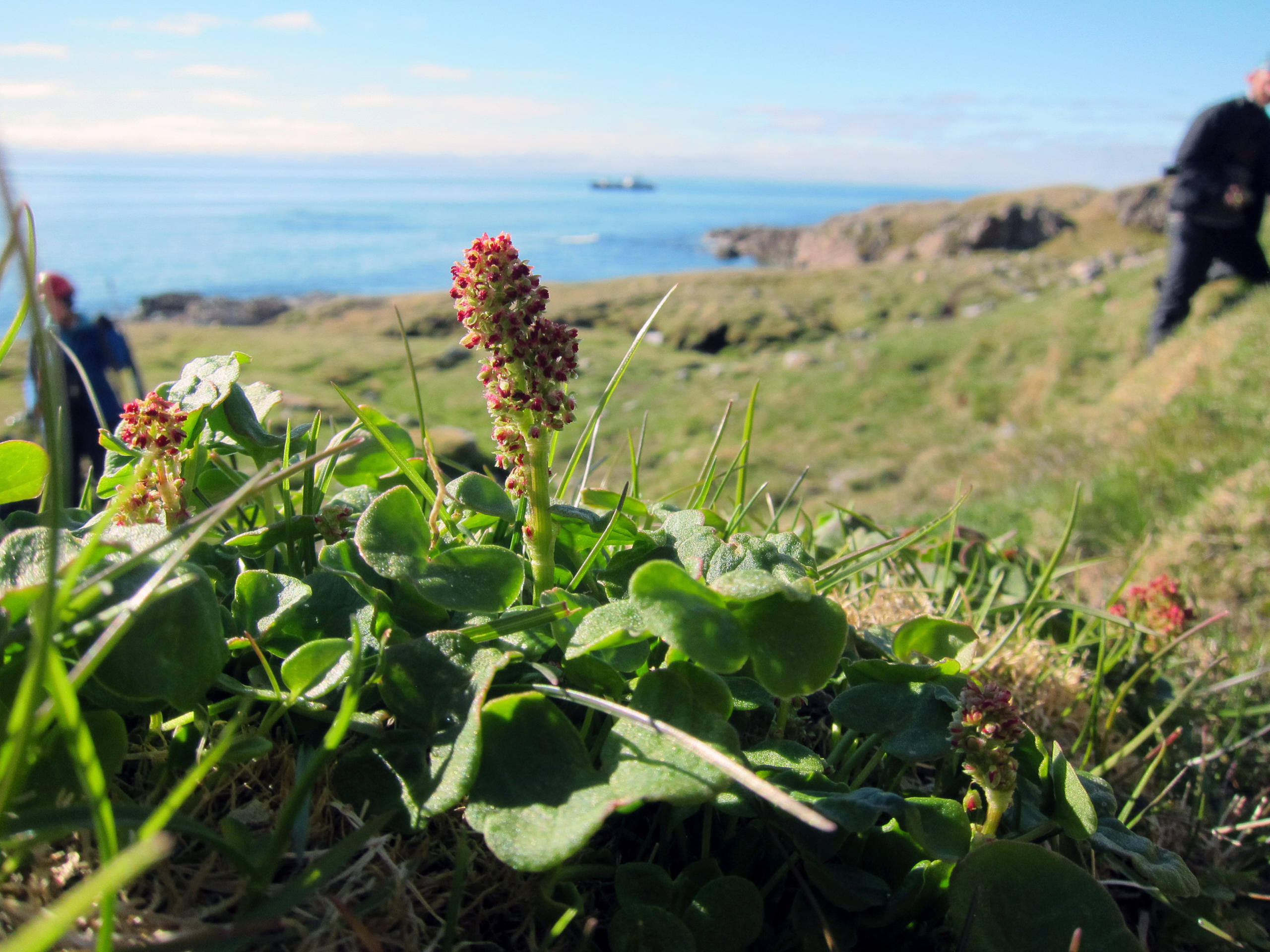
With increasing nutrients and changing vegetation, the composition and activity of the microbiome also changes. This microbiome – that is the collection of bacteria, fungi and other microbes – behaves differently to the microbiome of the natural tundra when it comes to the cycling of carbon and nitrogen and the weathering of the bedrock. This also affects how the microbiome interacts with the plants.
Since these places have experienced increased nutrient input for a long time (bird cliffs tend to be used over very long timespans) they have accumulated thick, organic-rich soils that are often frozen all year in the deeper layers (permafrost). These soils could potentially release greenhouse gases when the microorganisms decompose this thawing plant matter due to warmer air temperatures in the Arctic. We would like to better understand these changes to fill in another puzzle piece of the greening of the Arctic.
Scroll down to read earlier entries from Lena, Sigrid and Jana. To receive future editions of this blog in your inbox, sign up for our science newsletter by putting your e-mail address in the field below.
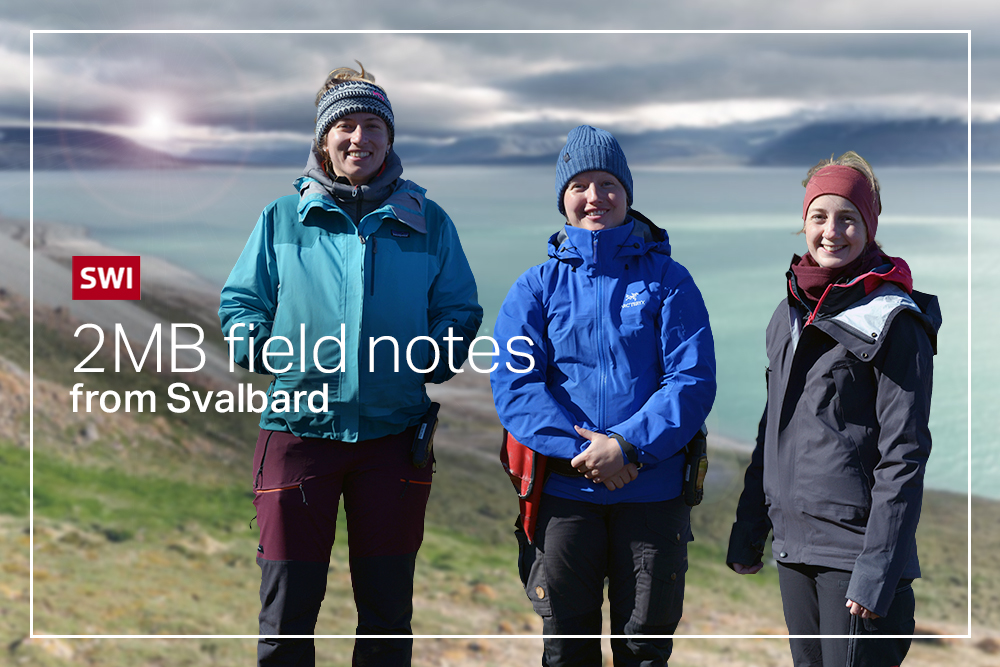
More
2MB field notes from Svalbard

More
Climate change, even in the remote Arctic?
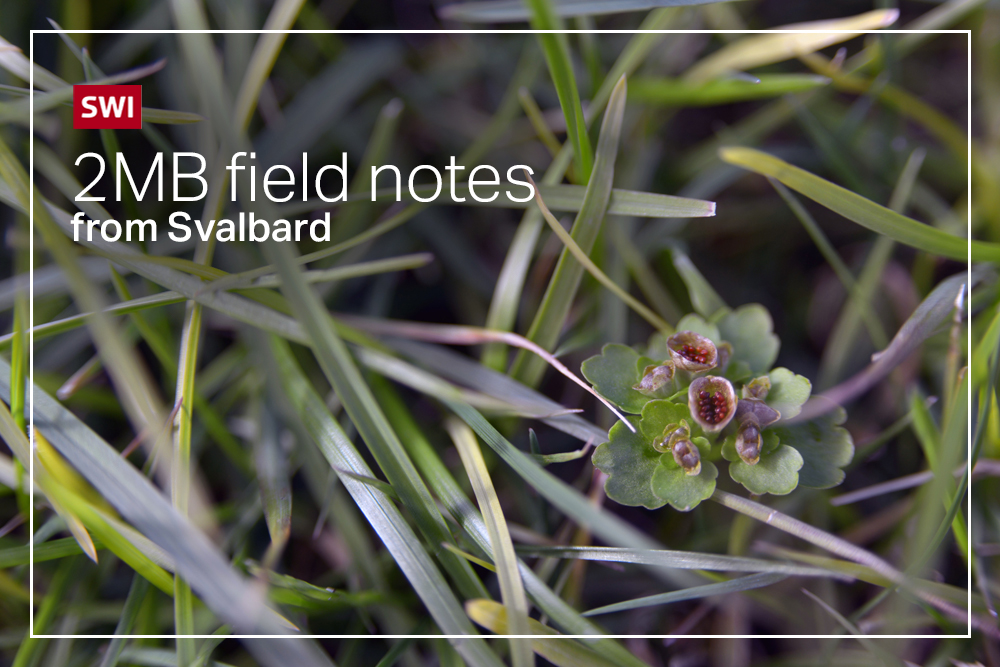
More
The links between human settlements and Arctic greening

In compliance with the JTI standards
More: SWI swissinfo.ch certified by the Journalism Trust Initiative







You can find an overview of ongoing debates with our journalists here . Please join us!
If you want to start a conversation about a topic raised in this article or want to report factual errors, email us at english@swissinfo.ch.